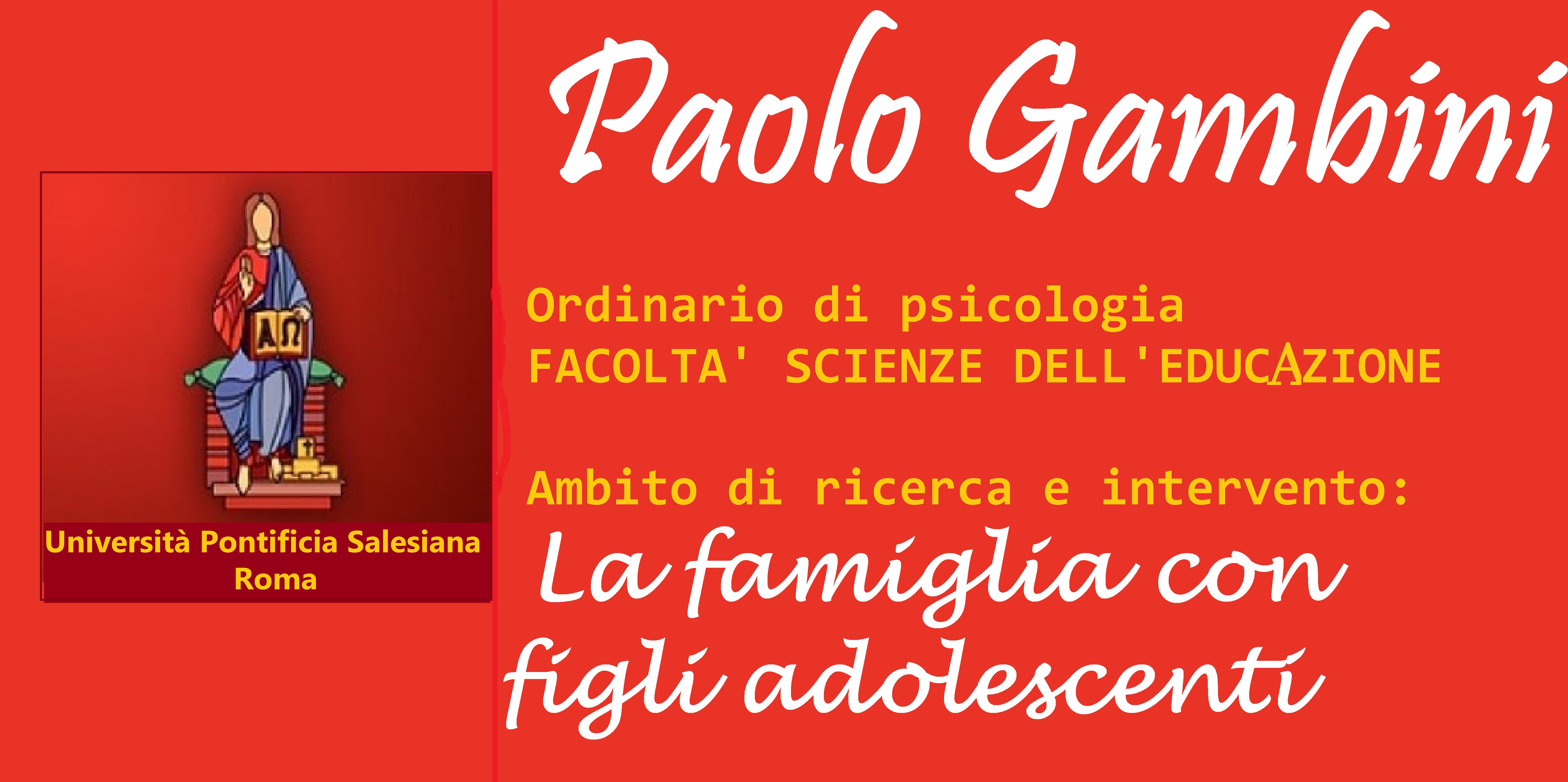P. Gambini e C. Minischetti, Differenziazione del sé e attitudine al perdono come fattori di protezione sui comportamenti problema. Ricerca su un campione di giovani, in “Terapia Familiare”, 123, 2020, 55-74.
DIFFERENTIATION OF SELF AND FORGIVINGNESS AS PROTECTION FACTORS ON PROBLEM BEHAVIORS
Research on a sample of young people
The Differentiation of Self and the Forgivingness have the ability to facilitate the regulation of emotions on an individual and relational level. Although the two constructs are both known, a few empirical studies have been realized to know their relationship. The aim of the present study is to confirm how much the two constructs have a protective role as regards to problem behaviors, adding hypothesis that the Differentiation of Self has a bigger influence on internalizing problems, associated to anxiety and emotions as fear and sadness, while the Forgivingness influences more externalizing problems, associated with excitement and emotions as anger.
Hypothesis testing has been realized through correlation analysis, mediation models and hierarchical regression. The findings of the research have confirmed that both constructs are able to modulate uneasy emotional states, but with different features, the Differentiation of Self especially for internalizing problems and the Forgivingness for externalizing problems. This is an useful finding both in a psychoeducational perspective and in a clinical one. The study ends with a proposal for a therapeutic family reconciliation intervention in which the victim develops the forgiveness of others and the offender the acceptance of the forgiveness received and self-forgiveness.
Key words: young people, Differentiation of Self, Forgivingness, problem behaviors, emotional regulation, reconciliation.
DIFFERENZIAZIONE DEL SÉ E ATTITUDINE AL PERDONO COME FATTORI DI PROTEZIONE SUI COMPORTAMENTI PROBLEMA
Ricerca su un campione di giovani
Sia la differenziazione del sé che l’attitudine al perdono hanno la capacità di facilitare la regolazione delle emozioni a livello individuale e relazionale. Seppur i due costrutti siano entrambi noti, pochi studi empirici sono stati realizzati per conoscere la loro associazione. Lo scopo del presente studio è quello di confermare quanto i due costrutti svolgano un ruolo protettivo nei riguardi dei comportamenti problema, aggiungendo l’ipotesi che la differenziazione del sé abbia una maggiore influenza sui problemi internalizzanti, associati ad ansia ed emozioni quali paura e tristezza, mentre il perdono su quelli esternalizzanti, associati ad eccitazione e emozioni come la rabbia.
La verifica delle ipotesi è stata realizzata attraverso analisi di correlazione, modelli di mediazione e di regressione gerarchica. I risultati della ricerca hanno confermato che ambedue i costrutti si dimostrano capaci di modulare gli stati emotivi legati al disagio ma con specificità diverse, la differenziazione del sé maggiormente per i problemi internalizzanti e la disposizione al perdono per i problemi esternalizzanti. Si tratta questo di un risultato utile sia in prospettiva psicoeducativa che clinica. Lo studio si conclude con una proposta di intervento terapeutico familiare di riconciliazione nel quale la vittima sviluppi il perdono altrui e l’offensore l’accettazione del perdono ricevuto e il perdono di sé.
Parole chiave: giovani, differenziazione del sé, perdono, comportamenti problema, regolazione emotiva, riconciliazione
